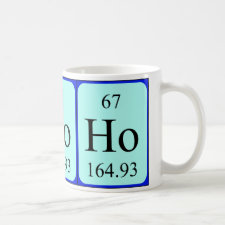
Authors: Jalilzadeh M, Senel S
Article Title: Removal of Cu(II) ions from water by ion-imprinted magnetic and non-magnetic cryogels: A comparison of their selective Cu(II) removal performances.
Publication date: 2016
Journal: Journal of Water Process Engineering
Volume: 13
Page numbers: 143-152.
DOI: 10.1016/j.jwpe.2016.08.010
Alternative URL: http://www.sciencedirect.com/science/article/pii/S2214714416300393
Abstract: 2-Hydroxyethylmethacrylate (HEMA) based ion-imprinted cryogel membranes (IIP) were synthesized using histidine containing functional monomer, N-methacryloyl-l-histidine (MAH) as complexing/chelating agent, Cu(II) ions as template, methylene bisacrylamide as cross-linker, TEMED and APS as redox pair in both magnetic and non-magnetic forms through free radical polymerization method for selective Cu(II) ion removal. A control non-imprinted cryogel (NIP) was also prepared for comparison. The matrices were characterized by swelling tests, scanning electron microscopy (SEM), BET, and FTIR. Effect of several parameters (pH, temperature, contact time, etc.) on adsorption capacities was examined in batch mode. The maximum adsorption capacities of cryogel membranes under optimized conditions were 77.2 mg/g and 182.7 mg/g for non-magnetic and magnetic IIP cryogels, respectively. The adsorption process best fitted to Langmuir isotherm while pseudo-second-order kinetic model was well suited to explain controlling step in adsorption kinetics. The reusability of matrices was tested for three successive cycles. Competitive adsorption studies were finally performed to prove the selectivity of resulting matrices for Cu(II) ions in binary and multi-ion containing synthetic water samples
Template and target information: copper ion, Cu(II)
Author keywords: IIP, MAH, Cu(II), Cryogel, Magnetite



Join the Society for Molecular Imprinting

New items RSS feed
Sign-up for e-mail updates:
Choose between receiving an occasional newsletter or more frequent e-mail alerts.
Click here to go to the sign-up page.
Is your name elemental or peptidic? Enter your name and find out by clicking either of the buttons below!
Other products you may like:
 MIPdatabase
MIPdatabase









